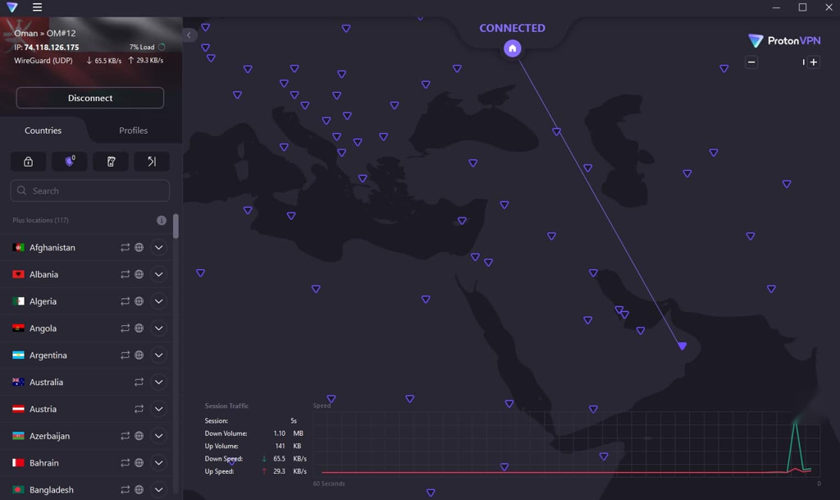Synthetic Data: The “Fake” Revolution Powering Real AI Progress

In an era where artificial intelligence depends entirely on data, a silent revolution is taking place — one built not on real data, but synthetic data.
At first, the term sounds contradictory: How can fake data train real intelligence? But that’s exactly what’s happening across industries today — from healthcare and autonomous vehicles to finance and retail.
What Exactly Is Synthetic Data?
Synthetic data isn’t just randomly generated noise. It’s artificially created data that mirrors the structure, patterns, and relationships found in real-world datasets.
Instead of collecting sensitive or hard-to-obtain information — such as patient health records or rare event logs — data scientists use algorithms, generative models, or simulations to create statistically identical copies.
In other words, it’s like training an AI model using a digital twin of the real world.
Why Synthetic Datasets Are Transforming AI Development
-
Privacy Without Compromise
Data privacy regulations like GDPR and HIPAA make it difficult to use real data freely. Synthetic data solves this by allowing researchers to train models without exposing personal information. -
When Real Data Is Scarce
Some scenarios are too rare, dangerous, or costly to capture in real life. Synthetic data lets teams simulate those conditions — for example, rare disease detection in medicine or near-collision situations in autonomous driving. -
Faster Experimentation
Instead of waiting weeks for annotated datasets, engineers can generate custom data in hours. This dramatically accelerates model development and testing cycles. -
Bias Reduction (When Done Right)
Synthetic data can help balance datasets by including underrepresented groups or conditions. When carefully designed, it can counteract inherent bias found in historical data.
But Is It “Fake” Data?
That’s the wrong question.
The right one is: Does it behave like real data?
When generated with the right techniques — such as generative adversarial networks (GANs) or diffusion models — synthetic datasets replicate real-world behavior so accurately that AI systems can’t tell the difference.
However, this realism depends on how well the underlying model was trained. Poorly generated data can introduce distortions or “hallucinations,” causing models to mislearn.
So while synthetic data can be powerful, it’s not a replacement for high-quality real data — it’s a complement to it.
Challenges You Shouldn’t Ignore
Like any technology, synthetic data isn’t flawless. Some challenges include:
-
Validation Complexity: Ensuring synthetic data truly represents real scenarios is still a human-intensive process.
-
Hidden Bias: If the source data is biased, the synthetic version will reproduce that bias — sometimes even amplify it.
-
Limited Transferability: Models trained purely on synthetic data often perform slightly worse when applied to real-world data.
The smartest AI strategies combine both — real data for authenticity, and synthetic data for scalability and coverage.
Hybrid Datasets: The Best of Both Worlds
Forward-thinking AI teams are now using a hybrid data approach — blending real data with synthetic augmentation.
For example:
-
In healthcare, anonymized real patient scans are supplemented with synthetic images to improve diagnostic accuracy.
-
In autonomous driving, real-world traffic footage is enhanced with simulated night or weather conditions to make AI vision systems more robust.
-
In financial modeling, synthetic transaction data helps detect fraud patterns without risking exposure of personal records.
This mix delivers accuracy, scalability, and compliance — the three essentials of modern AI development.
The Future of Synthetic Data
The coming years will see synthetic data generation become standard practice in machine learning pipelines. As generative AI models improve, synthetic datasets will get closer to reality — not just visually or statistically, but contextually.
We may soon reach a point where synthetic data doesn’t just replicate the real world — it helps invent new possibilities. Imagine creating hypothetical scenarios to test climate models, public health strategies, or disaster responses that have never occurred before.
In that sense, synthetic data isn’t fake at all.
It’s a creative tool — a digital imagination that fuels real innovation.
Conclusion
Synthetic datasets are redefining what “real data” means in AI. While they can’t completely replace authentic data, they offer a secure, scalable, and ethical foundation for innovation.
The next generation of AI won’t ask whether data is real or fake — it’ll ask whether it’s useful, fair, and intelligently created.






